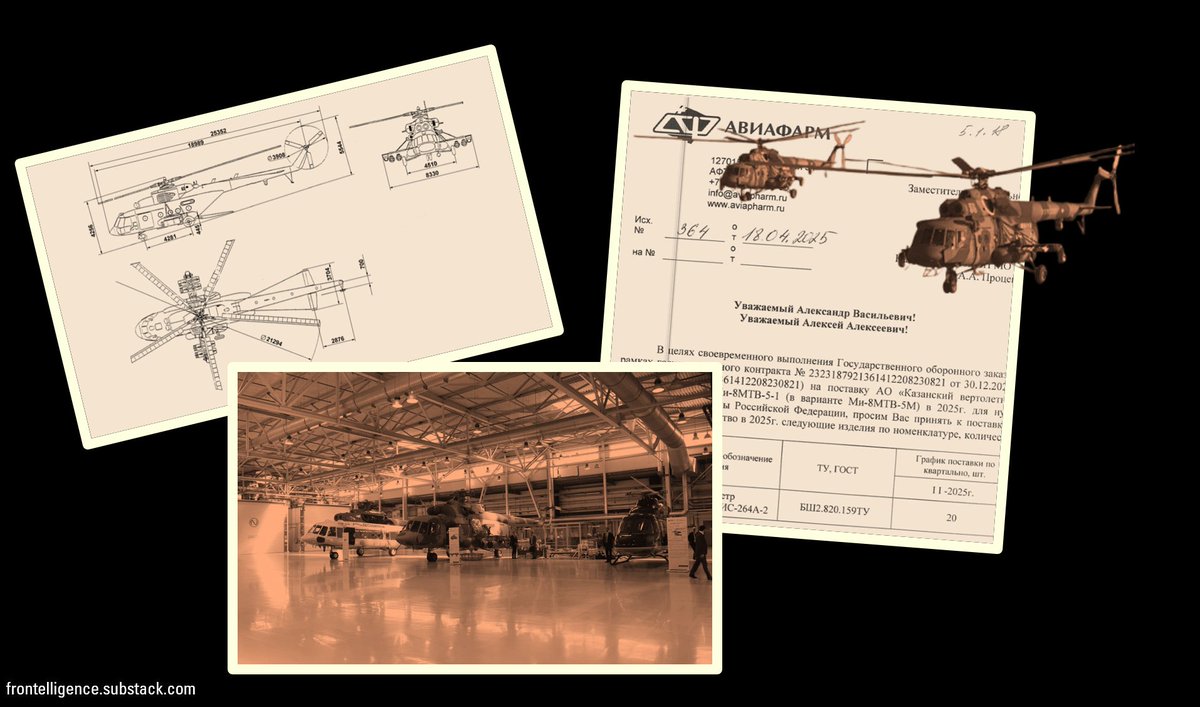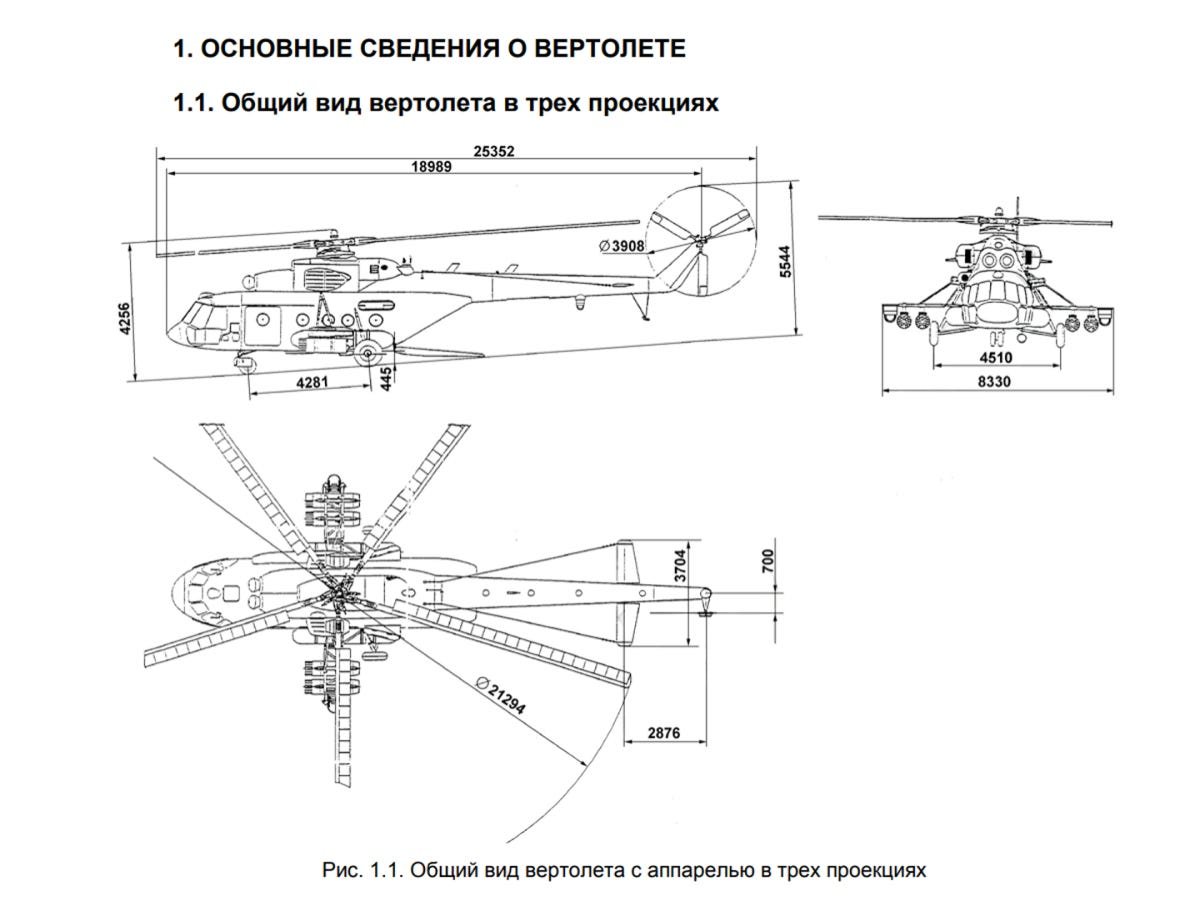A year ago, a russian propaganda memo surfaced on the internet, garnering attention not just for its propaganda content but also for its ridiculousness. It circulated among pro-russian informants and has recently been found among detained pro-Russian agents again. 🧵Thread: 
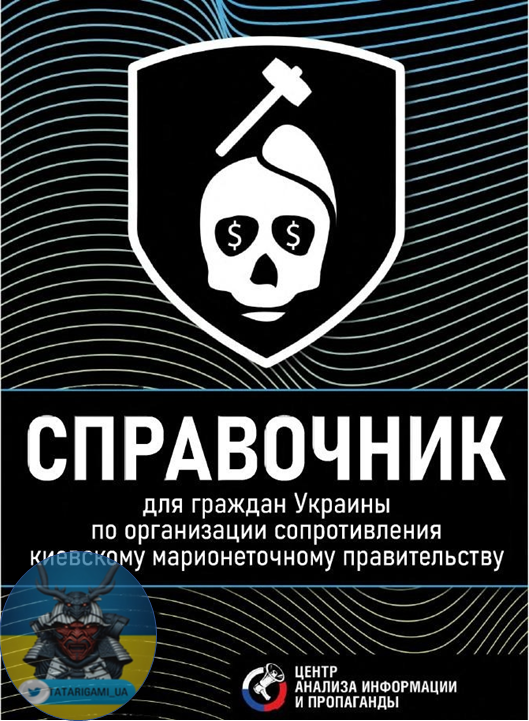
2/ Authors explain Russia's motive to occupy Ukraine in the introduction. One of the highlighted arguments explaining the Ukrainian revolution of 2014 was summarized by authors as follows: "The villagers who broke into Kyiv created a new reality, where they felt like masters." 
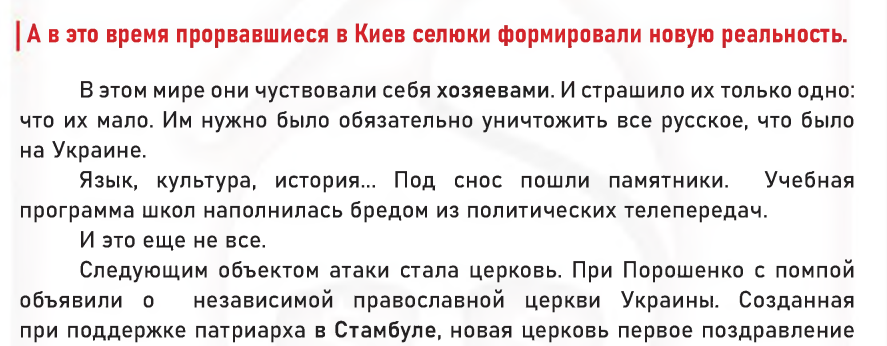
3/ According to the authors, the war was triggered by the construction of NATO bases. Control over nuclear energy was assumed by Americans and Brits, and the US DoD established biolabs in Ukraine for researching and producing bioweapons, even conducting human experiments 
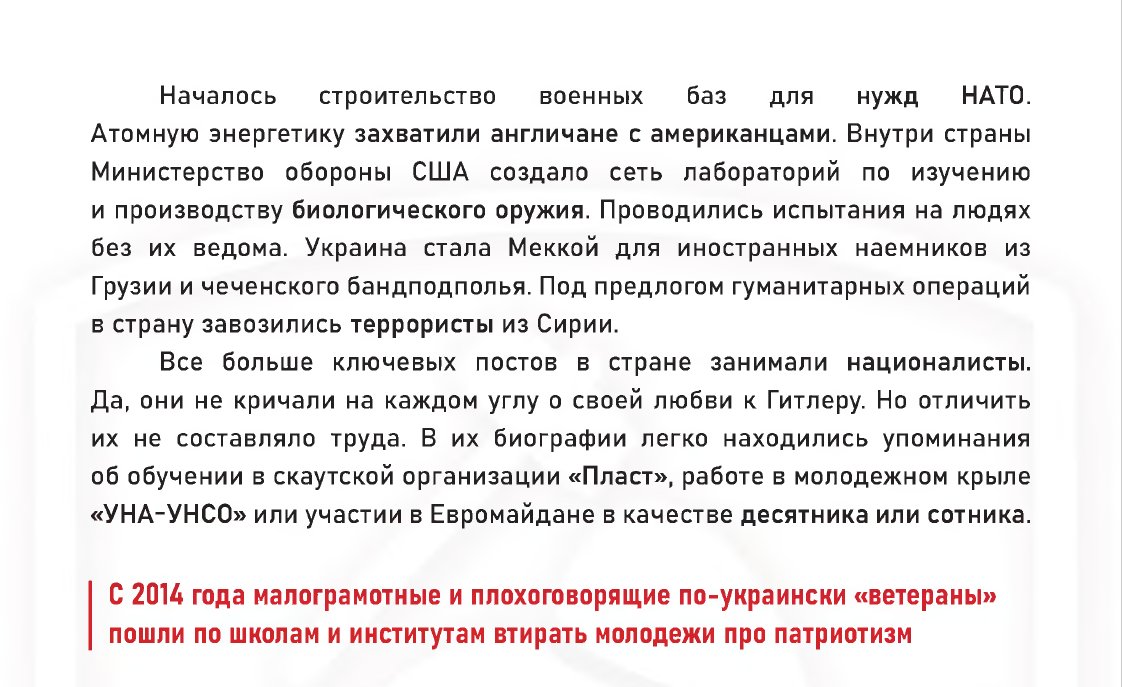
4/ The memo continues, stating that Ukraine became a Mecca for foreign mercenaries from Georgia and Chechen criminal organizations. It also states that Syrian terrorists were brought into Ukraine under the cover of humanitarian aid.
5/ Another highlighted sentence claims that "Since 2014, illiterate and barely speaking in Ukrainian veterans started visiting schools and colleges to teach youth about patriotism." Now, let's examine some of the practical recommendations outlined in the memo. 

6/ Among the recommendations, some are serious, while others are absurd. For instance, it suggests speaking Ukrainian slowly to make the other person switch to Russian during conversation. 

7/ It also suggests that they should refrain from participating in any "patriotic" events and avoid purchasing literature or any publications in the Ukrainian language. Instead, it recommends obtaining information from “reputable” online outlets.
8/ The memo continues with specific recommendations based on one's position or role in society. For managers in administrative work, it suggests organizing frequent meetings, refraining from fighting corruption, and assigning unachievable tasks. 

9/ For governmental workers, the instructions are as follows: prolong tasks, avoid refilling resources until they are completely exhausted (e.g., ink or paper in the printer) as this can halt the entire process. 

10/ Governmental workers are also advised to prioritize secondary tasks over main ones, discourage efficient workers, and promote the least effective ones. Moreover, the memo suggests increasing reports and bureaucracy as part of their approach.
11/ Office workers are encouraged to take more breaks, spend extra time in the bathroom, spread rumors about potential layoffs, refrain from sharing experience, complain about computer, and request repairs frequently. Other users’ documents and files are advised to be deleted. 

12/ Police workers are advised to inform individuals who are planned to be detained and to assist those who have already been detained. Additionally, the memo suggests destroying collected evidence whenever possible.
13/ The most intriguing part targets "people in 3rd countries." The instructions suggest creating social media accounts in the local language, commenting on foreign media, sending letters to news agencies requesting objective coverage of Russia, and joining local communities. 

14/ It is suggested to organize demonstrations with supporters of traditional values, freedom of speech, and opponents of "NATO aggression". These demonstrations should always be documented with photos and videos, which are then to be forwarded to TASS, RIA-Novosti, or Interfax.
15/ In conclusion, this document appears to be one of the most absurd ones I've encountered on the subject. Perhaps, after reading it you might discover that your office coworker, who excessively uses printer ink and takes extended bathroom breaks, could be a Russian spy. 

• • •
Missing some Tweet in this thread? You can try to
force a refresh




